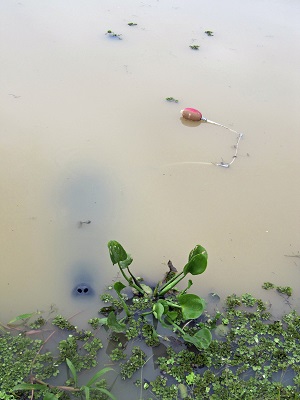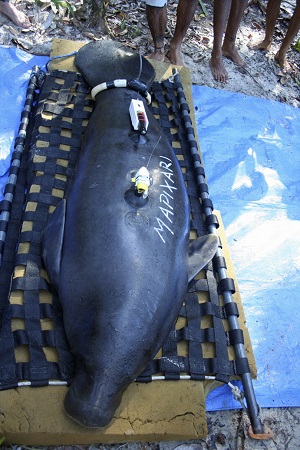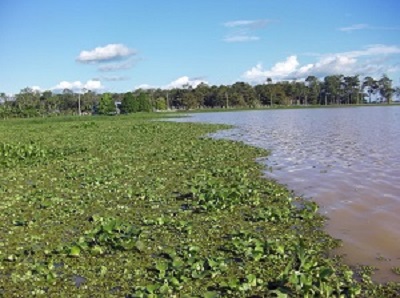Behavioral ecology of Amazon manatee
 The overall objective is to monitor the adaptation of released captive-raised Amazonian manatees to the wild in order to improve the rehabilitation program. Sirenians are the only extant herbivorous aquatic mammals. Despite utilizing coastal shallow habitats, much remains unknown about the feeding behaviour due to the limitations, especially for taxa that inhabit dark water habitats: Amazonian manatees.
One of the vital questions about released manatees is when they are feeding on their own once released. In this study, I focused on the direct recording of the manatee feeding sounds. I aim to detect the feeding events from the recorded sound in order to understand when, what kind of plants, and how much the manatee eat after releasing into the wild.
The overall objective is to monitor the adaptation of released captive-raised Amazonian manatees to the wild in order to improve the rehabilitation program. Sirenians are the only extant herbivorous aquatic mammals. Despite utilizing coastal shallow habitats, much remains unknown about the feeding behaviour due to the limitations, especially for taxa that inhabit dark water habitats: Amazonian manatees.
One of the vital questions about released manatees is when they are feeding on their own once released. In this study, I focused on the direct recording of the manatee feeding sounds. I aim to detect the feeding events from the recorded sound in order to understand when, what kind of plants, and how much the manatee eat after releasing into the wild.
Amazon manatee relocation program
This study will improve the releasing program for Amazonian manatees by assessing the adaptation to the wild using animal-borne devices. We adopted the soft- releasing program, the manatees adapt to the natural environment in the semi-captive region before releasing into the wild. The overall objective is to monitor the adaptation of released captive-raised Amazonian manatees to the wild. One of the vital questions about released manatees is when they are feeding on their own once released. In this study, I focused on the direct recording of the manatee feeding sounds. I aim to detect the feeding events from the recorded sound in order to understand when, what kind of plants, and how much the manatee eat after releasing into the wild. In addition, we will investigate how released manatees accommodate to the wild by comparing behaviors recorded by the acceleration data-loggers, such as breathing frequency, resting duration and timing, between captivity and the released.


